
The NOAA Hazardous Weather Testbed provides a conceptual framework and a physical space to foster collaboration between research and operations to test, perfect and evaluate emerging technologies and science for NWS operations.

The NOAA Hazardous Weather Testbed provides a conceptual framework and a physical space to foster collaboration between research and operations to test, perfect and evaluate emerging technologies and science for NWS operations.
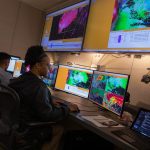
A severe weather system rolled through central Oklahoma on April 19, 2023, producing supercell thunderstorms that yielded at least 18 tornadoes. From observations, to modeling to post-storm damage assessment, NSSL researchers gathered comprehensive data and put their cutting edge research to the test on storms in their own backyard.
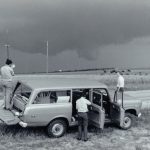
Fifty years ago, on May 24, 1973, a violent F-4 tornado tore through the central Oklahoma town of Union City, killing two people and injuring at least four more. While the human impact of the storm was devastating, the Union City tornado was also historic as it marked the first time researchers were able to use radar to observe the entire lifecycle of a tornado.
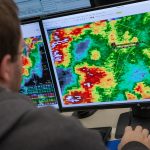
A new book highlights the biggest technological upgrade to Doppler radars since first installed – dual-polarization technology.
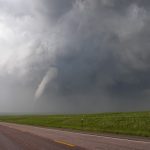
Radars are a vital tool for weather forecasters because they provide a detailed picture of storms as they’re happening. A new radar technique is helping forecasters provide more accurate information about rain and snow storms.
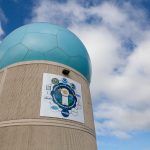
Learn about NSSL’s latest radar with this Bite Sized Science video!

NOAA National Severe Storms Laboratory Researcher Sean Waugh will collect weather data in the path of Hurricane Harvey Friday to record how the landfalling hurricane changes as it develops. The first major hurricane forecast to…
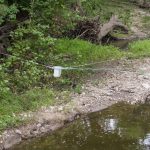
A new research project is already helping save lives and property with early flood notification after a stream in southern Oklahoma rose 10 feet in one hour. Jonathan J Gourley, research hydrologist with the NOAA…
The National Severe Storms Laboratory is saddened to announce the passing of Jean “J.T.” Lee, a pioneer who managed NSSL’s aircraft program when it began, leading to better weather-related safety. Lee was a scientists at…

The national weather radar system used throughout the United States by NOAA National Weather Service forecasters to “see” weather across the country is unique because it can be upgraded and modified with the newest capabilities,…